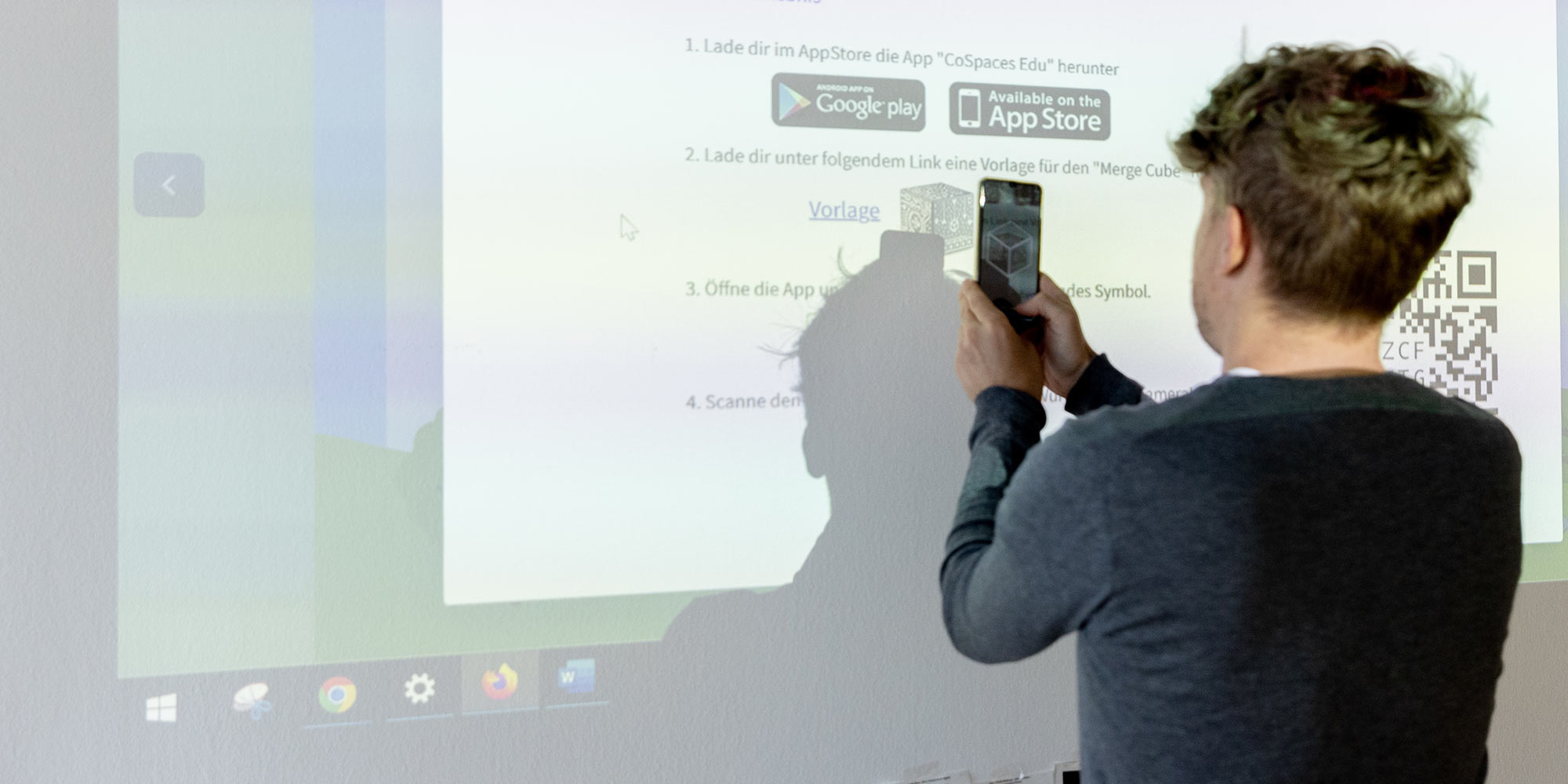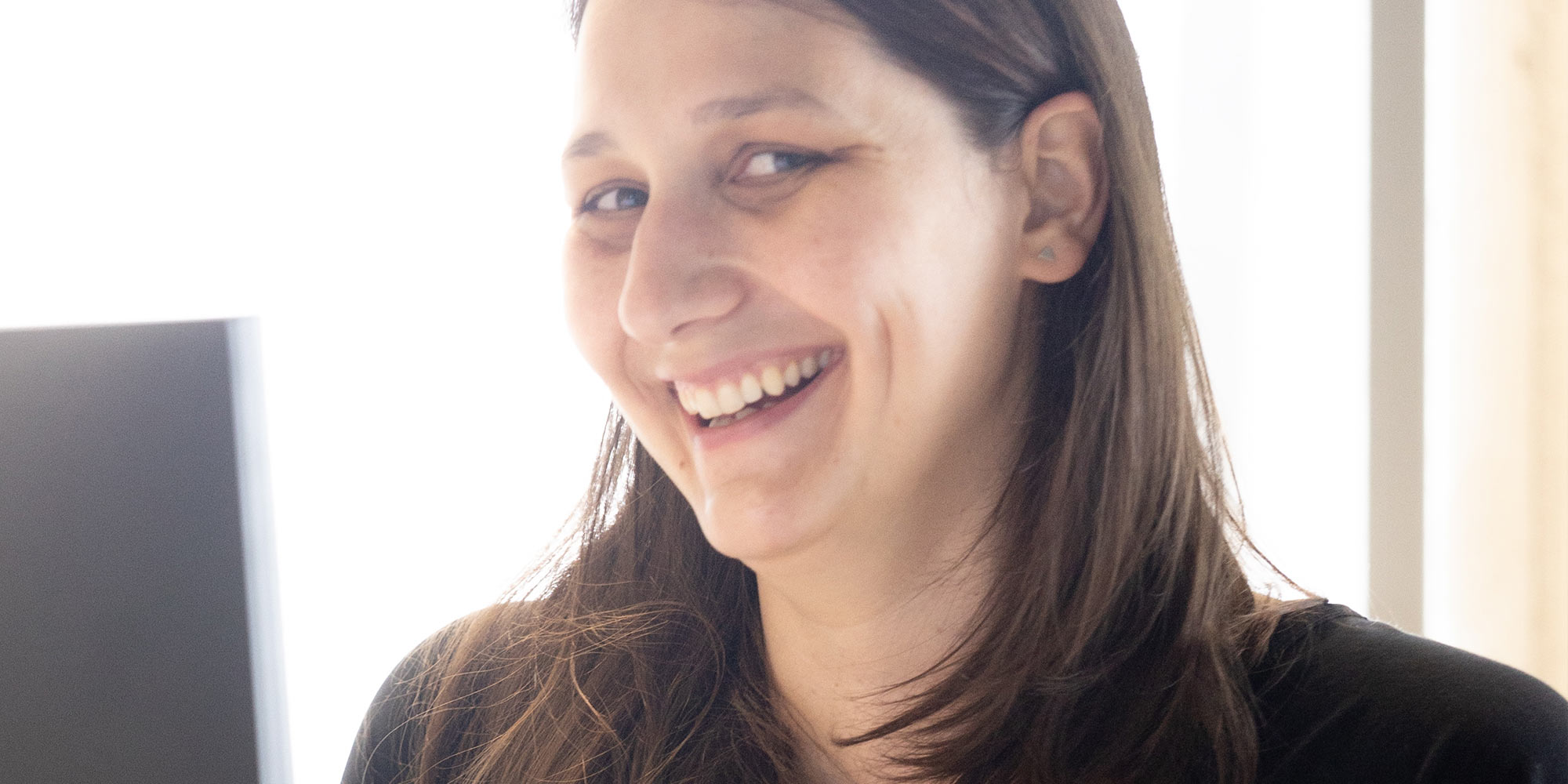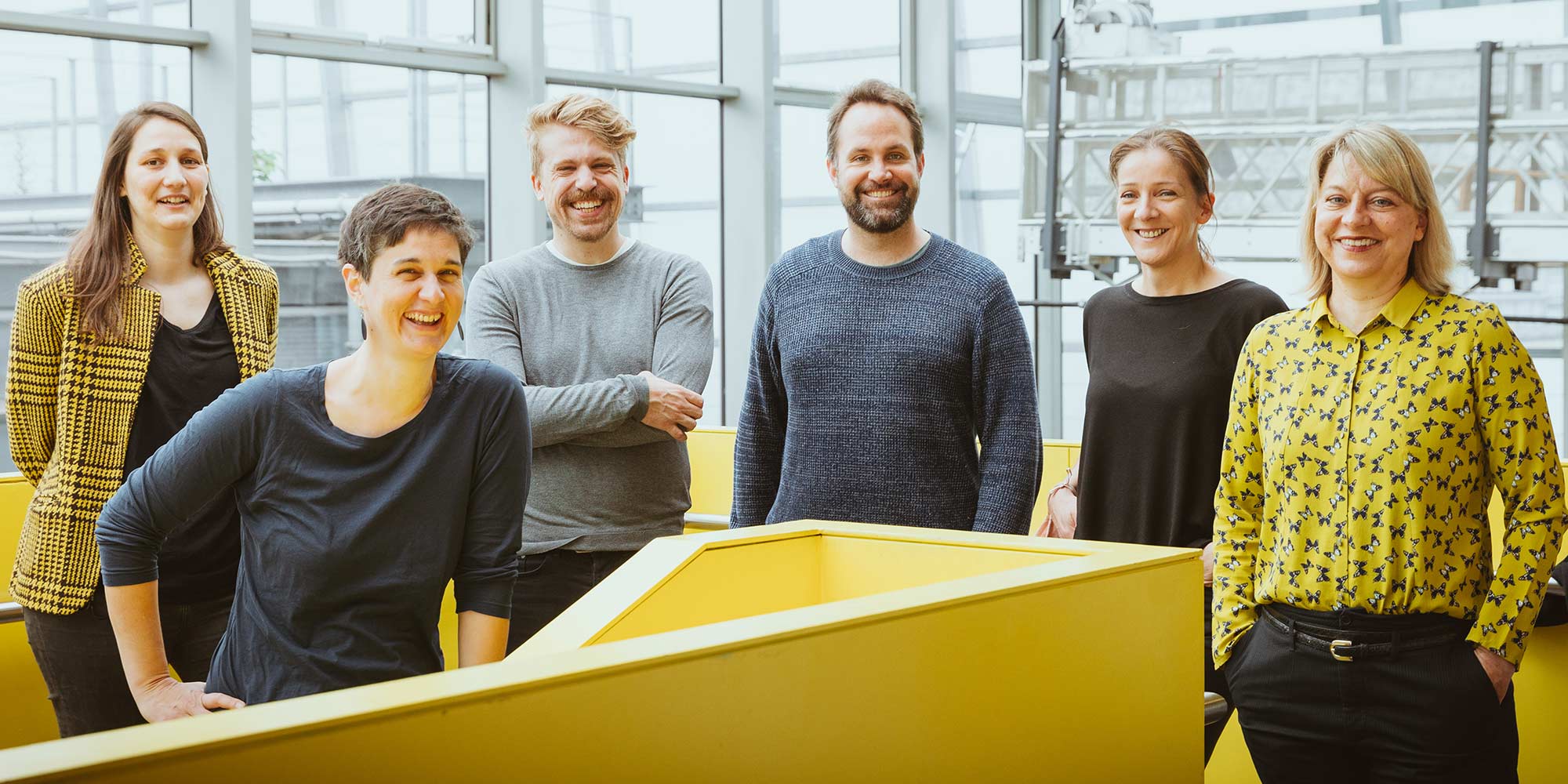“The battery is fully charged – you can use the device now!” Whether tablets or notebooks: for many 10 to 12 year olds, the time had come last autumn. Pupils in the 5th and 6th grades in Austria were equipped with digital devices for the first time in the school year 2021/22. At the same time as the launch of the “Digital Learning” initiative, the OeAD agency, the Austrian Federal Ministry of Education, Science and Research and Ars Electronica launched the “Klasse! Lernen.” [Class! Learn.] to reward creative, innovative and sustainable ideas for the use of these digital tools in the classroom.
We quietly open the door to the jury meeting room of the “Klasse! Lernen” jury meeting room on the top floor of the Ars Electronica Center. Here, five experts have come together for a weekend to jointly evaluate the submissions and assign them to a main prize of 10,000 euros, two awards of 5,000 euros each and seven recognitions.

The tool is there, how do we want to use it?
Our eyes turn to the projection on the wall, which shows one submission after the other, laying the groundwork for intensive discussion. Not to be disturbed for long, we beckon Simon Prossliner to us through the open gap in the door. He is part of the jury and project manager of the “Digital Learning” device initiative at the OeAD. Before he can get a complete picture of the submissions, we want to know from him what possibilities are basically open with the new devices.
„The equipment with laptops and tablets opens up completely new opportunities in the design of lessons, but also in the children’s learning“. Simon Prossliner enthuses and makes us confident that these new tools will not be added as a replacement but as an addition to the school toolbox: „For me, digitalised teaching does not mean that we are throwing “classic” analogue teaching on the pedagogical rubbish dump, but rather that new possibilities are now opening up that were unthinkable when I was at school.“

Which is better now, analogue or digital?
We have been trying out the analogue way of education for a long time, but pupils, teachers and parents are trying to learn the digital way together and integrate the corresponding digital tools into everyday education. In 2022, the basic equipment will not only include a pen and a notebook, but also a smartphone, tablet or laptop. “Perhaps we would avoid misunderstandings and the juxtaposition of analogue and digital education if we spoke of “digilogue” education. For me, digital education means integrating digital tools into previously analogue lessons in such a way as to provide children with the kind of education that best prepares them for the world of tomorrow.”
Simon Prossliner is justifiably drawn back to his seat on the jury, which continues its discussion. Also sitting here are scientist and game designer Konstantin Mitgutsch, cultural and project manager and educator Susi Windischbauer, Ulrike Giessner-Bogner in her function as head of the “Cultural Mediation with Schools” department in Vienna, and media designer and researcher Elke Hackl.
It’s not until the next short break that we start talking again and bring Veronika Krenn, project manager at Ars Electronica, into the conversation. She takes care of the general conditions of the jurors’ meeting and has a few moments for us. We want to know how things are going at the moment: “We’ve just had an intensive hour in which we went through the criteria for evaluation. Interestingly, it quickly became clear that all the jurors have very similar approaches – both in terms of originality and creative use of technology in schools, as well as the collaboration between teachers and students in the projects.

The pandemic as a boost to innovation
What topics actually come up at the jury meeting? It’s mainly about teaching basic digital education and balancing digital and analogue tools in the classroom, says Veronika Krenn. “A big topic is definitely sustainability – and on different levels. How can teaching be made sustainable in schools? How can the school teach basic digital skills sustainably?”
During the break after the first round, we ask Simon Prossliner whether certain focal points have emerged: “For many, it was important to explore the question of how digitalisation can be used sustainably at the school site and in the classroom, and what innovative and creative teaching can look like. However, many submissions also dealt with the pandemic and the framework conditions that go along with it.”
Lockdown, distance learning and protective masks. The pandemic may have separated the pupils in their analogue world, but they remained connected in the digital world: “The pandemic has certainly brought about a surge of innovation with regard to digitalisation in education, which can also be seen in the submissions: Either in the search for innovative solutions to new problems or in the form of reflections and creative engagements with the pandemic.”

Lively participation of primary schools and enormous bandwidth
We are not yet allowed to reveal who the winners are this year – they will be announced at a press conference at the end of June 2022. But are there any surprises this weekend – we want to find out more from Veronika Krenn: “What surprises me are the numerous submissions from primary schools. The nationwide device initiative is currently focused on lower secondary schools, but the tireless use already in primary schools gives us an idea of how school teaching is being rethought already in the first years of school. For me personally, it is very nice to see how schools are using digital devices in the classroom!
“I can only say this much,” adds Simon Prossliner, “than that it was impressive to see such an enormous range of different submissions and that I am very pleased that accordingly very different projects made it among the award-winning ones.”

Distractions and challenges
Before the next round of the jury session starts, we talk to the expert on “Digital Learning” about the challenges for children, young people and adults. With games and social media on digital devices just a tap away from productive and creative apps, isn’t that the biggest difficulty, that learning and screen time are so close?
“I don’t think proximity is a problem per se. When I write my analogue homework in the living room next to the TV, there is just as much temptation of distraction for me. But certainly social media is a challenge; especially for adolescents, but actually for our society in general.”
Simon Prossliner

Digital learning together
And when it comes to digital skills, it is primarily the pupils who acquire new skills in the digital world, especially through trial and error. Many teachers try to keep up with this development – sometimes the geography teacher takes over setting up the new iPads for the whole school. And parents are busy, if at all, limiting screen time. In the meantime, isn’t it often the case with digital learning that the transfer of knowledge doesn’t work from the adults to the pupils but also the other way round? And if so, what freedoms should parents give their children and teachers their pupils?
Many questions that still need to be answered. “I think that learning in general and learning at school should not be a one-way street,” says Simon Prossliner. “In this respect, I see the knowledge that pupils already have or acquire in their free time and bring into the classroom less as a challenge and more as an enrichment! But when it comes to the tension between freedom and security, it is difficult to give a simple answer. What is needed is the empowerment to deal with the digitalised world in a responsible way.
And what about the sockets?
The slow WLAN at home, the limited data plan on the mobile device or the lack of sockets for 30 smartphones and 30 tablets in a single class. Access to digital devices for children and young people in Austria will certainly be very different in 2022. In addition, there are financial possibilities in the family or technical problems that need to be solved. We’re going to take a little break and hope that Simon Prossliner will be able to explain to us how we can overcome these hurdles:
“Of course, we are facing a big challenge and at the same time we have to be aware that a lot is happening at the moment. We are experiencing upheaval in terms of teaching, children’s learning and also in terms of the school infrastructure. I think it is important to be curious and open to new things and to look for new solutions to new challenges.”

Great commitment at the schools
One day later, we stand in front of the jury room again and meet satisfied jurors. The winning projects have been identified, numerous ideas for learning and working with digital devices in the classroom have been collected.
We conclude by asking Veronika Krenn whether she has gained a different perspective on “digital learning” after this jury weekend: “Digital learning is multifaceted and takes place both at school and at home. It’s not just about integrating creative projects into everyday school life. It is just as important to think about the first steps together with the new devices. From the first set-up to the handling of the equipment – the teachers are the first contact persons and already cover many aspects. Every audio-visual project, every additional line of programming knowledge, but also every additional hour of using online collaboration tools helps to embed digital competences in the learners.”

What is Simon Prossliner’s impression? “To be honest, I did my best to avoid concrete expectations regarding the submitted projects in advance, simply to keep an unbiased view. Perhaps I was less surprised, but I was particularly enthusiastic about the commitment and energy that is already flowing into digitalisation at many schools.
The Education Award „Klasse! Lernen“ leaves a clearly positive picture. Digital learning is therefore not only about mastering and using digital tools, but also about finding as many synergies and complements as possible between analogue and digital teaching – and, above all, then implementing them.

Simon Prossliner (IT) is passionate about student leadership – when children are given the opportunity to take responsibility for change and innovation and to shape it themselves. Diversity, independent, creative thinking and (digital) innovation are particularly close to his heart. After studying political science in Vienna and Harvard, the South Tyrolean by birth found himself in the field of education. He taught at a Viennese middle school, worked as a Lead Fellow Program for Teach for Austria to promote educational equity, and was involved in the MTOP “Culture School” to sensitize schools to diversity. Since 2020, he has been working at the OeAD as project manager of the “Digital Learning” device initiative.

Veronika Krenn (AT) is a producer at Ars Electronica and is responsible, among other things, for the new developments of exhibitions at the Ars Electronica Center. Since graduating from the Interface Cultures program at the Linz University of Art, she has been active as an artist and cultural worker. In her work, she explores unconventional communication strategies in the field of media art and Eat Art. In her activities at artist-run space bb15, she works intensively with international partner organizations to create a network for sound art.
